 If you find it hard to talk to your children about genitalia and menstruation and such you are not alone. This article models a way to do it. Be prepared for very straight talking.
If you find it hard to talk to your children about genitalia and menstruation and such you are not alone. This article models a way to do it. Be prepared for very straight talking.
Why such talk?
From a very young age we need to be educating our children about their bodies, about privacy, personal boundaries and about keeping themselves safe from sexual abuse. In my work with parents over many years in workshops on children’s unfolding sexual development, it became very clear that honest, open, un-embarrassed talk about genitals, private parts and their functions is not at all easy for some parents. Recently I was surprised to hear that even a man who had edited a porn magazine for 15 years had trouble in talking to his four year old about the boy’s penis; the father could not bring himself to call it a ‘penis’ and rather than referring to it by some more affectionate term, like a ‘willie’. Others cannot comfortably talk about the menstrual cycle with their children. This blog takes an excerpt from another of my articles Preventing Sexual Abuse of Young Children to give a developmental context to appropriate times and ways to talk to children and give a little extra help to those who have trouble talking about ‘our private parts and their functions’. For the whole article see the link at the end.
Clearly, the more we understand about children’s development and their natural healthy curiosity about their bodies, the more we can give them appropriate information for their age. We can also meet the children with a calm acceptance of their sexual curiosity (rather than be affronted by it) at the same time as teaching about what touch is appropriate, where and with whom.
What compounds children’s confusion about all this is our own adult confusion about genitals, excretory functions, reproductive functions and private erotic sexual activity. We have muddled them altogether as a result of our western cultural heritage and taboos. It is important that we separate these out once again if we want our children to have a healthy understanding of their bodies and clear guidelines for appropriate behaviours.
We need to be clear about what should be talked about with young children regarding elimination and reproductive anatomy, about our sensitive erogenous zones and sexual behaviours. We also need to find ways and language to talk about these things. We then have the means to teach children about their bodies, and also teach protective behaviours and how to keep themselves safer from sexual abuse.
In this way throughout childhood we gradually empower them to take responsibility for themselves so that by the time they are teens and off on their own for a large part of the time, they have safety strategies as part of their ways of working, and the means to develop healthy sexual relationships. At the same time we need to be very clear that young children under seven always need absolute protection from adults. Young children cannot be relied upon to keep themselves safe.
Finding the appropriate language
Finding the language to talk comfortably about sexuality is the first step in teaching children about their bodies, keeping safe and sexuality. Unfortunately adult embarrassment frequently sabotages such teaching because many people are unclear about what is really just anatomical education as distinct from what is erotic adult sexuality, which belongs in later sex education. Most people have no trouble in telling children that “play blocks are used in the play corner and are not thrown around the room or at the windows. We keep them in the block basket.” Unfortunately a lot of people do have trouble with saying “The penis and vulva are private parts of ourselves which are used in private places like the bathroom. We do not play with them in other places or with other people and we keep them in our pants.” This reluctance to speak clearly and openly about genitalia and naïve sexual behaviours, and to create clear rules about them, causes problems and confusion. We aim here to bring more clarity to this for parents, teachers and carers.
We also need to be clear that some parts of the body are ‘private’ and ‘special’ versus ‘secret’, ‘bad’ or ‘yuk’ etc. A start can be made in using specific anatomical terms for the part of our bodies, along with affectionate terms, if parents want to use them as well. Of course a penis can be called a ‘little willie’, so long as both can be used comfortably in conversation. When we have clear terminology we are better able to name the behaviours that cross the line of affection and become abusive.
As a start, to get more comfortable with matter of fact talk about our bodies, consider the following areas which need to be talked about with children, and the age at which such a talk is needed and appropriate. Since some people have great difficulty talking about these things to children in a natural matter of fact way, I will write it in a way you could use when talking to children, with examples of what can be said. I will then look in more detail at children’s sexual development and how this guides us to providing them with ways to keep themselves safer:
The mouth: Sexual abuse often involves the mouth, so children should be taught that their mouths are also private places which others do not interfere with, except of course, for keeping their teeth clean and healthy.
Elimination functions: Children are learning about elimination functions from babyhood. Children need to be told that bowel motions/faeces and urine, poo and wee or whatever affectionate terms you want to call them, are the function of our wise bodies, to get rid of unwanted matter we really don’t need any more. We don’t handle them because they are very smelly and, after all, our body does not want them either.
Tiny children themselves need to be affirmed as loved while the smelly poos are being removed, even if you have a laugh together about how smelly it is today. “What a smelly one that is.” (as you throw the nappy in the bucket) “But you are my gorgeous boy!”
Around two to three when children are concerned about potty training and poos, and may be scared of toilets, we can give them more information. “We give our poos and wees back to the earth via the toilet and the potty (and sometimes even a pee in the garden). Yes, when they go down the toilet they have a very long journey down many tunnels, but eventually they come out in a very large pond with reeds and rushes and bushy trees full of little birds making the loudest twittering you ever heard.”
“The anus is the little hole in our bottom where our body lets the poo out. We don’t put our finger in there, oh no, it might meet some poo coming out, then we would be very smelly, for sure.”
Curiosity in the bath and getting the pee in the toilet: “The penis is where the urine comes out when you want to pee, if you are a boy or a man. Even a tiny tiny baby boy has a penis. Daddy calls it a willie, but it is a funny little fellow which has a lot of names. It gets big when you stroke it, as you know from the bath. It has a little door to stop the pee coming out when it needs to, when it has another job to do. It is really very clever because you can help it to put your pee right in the toilet where it belongs.”
“Girls and women have a little hole where their wee comes out of the urethra. They can’t make it big, like the willie, but they also have another special hole behind it called a vagina, which is the little tunnel which leads to the baby house where the baby grows when the little girl grows up and becomes a Mummy. That is a very special place for a girl. We don’t put fingers in there either.”
At Five and Six, children really like to see for themselves and find out about what is down there in their pants. They are interested in all sorts of elimination processes, including vomit. (“That’s the wise body’s way of getting rid of things very quickly.”) Talk of wees and poos bring great giggles and little jokes. If children are not well informed there can be confusion later about where the urine comes from—whether the urine comes from the vagina and that in a man the tube from the urethra closes to allow only the sperm or only the urine to come through the penis at one time. Be ready for the question later when the question of sperm comes up.
Now is a good time to add more to the picture they have of their private parts. You may want to add that “Little boys also have two testicles, called balls for fun, in a little sack called the scrotum. After boys are born sometimes the testicles take six months to come down into their little sack, and sometimes they have to be helped along.”
You may need to confirm again with the girls that the urine comes out of the urethral opening, the hole between the vagina and the clitoris. “Girls have a little clitoris which peeks out of its folds at the front.” “All of this part of you is protected by folds we call the labia which help to keep us clean and moist and comfortable, and hide our private parts away, keeping them from harm.” “So girls have a vulva, with all those special places hidden away inside, and boys have a penis and scrotum out for all to see, until they keep them inside their underpants!” “We have to take care of all of these parts of ourselves, in boys and in girls, and we do that by not letting other people touch us there.”
Clearly they need to have the rule about private parts and privacy re-stated with their intensified curiosity at this age. Not only should it be made clear that we don’t let others touch us in our private places but also that another person (child or adult) should not ask to touch our genitals. Lack of such basic instruction can lead to emotionally painful situations between children, even in the kindergarten community.
Breasts: Curiosity about breasts comes particularly strongly at Three and Four. “Yes, Mummy’s breasts are big for feeding babies and the nipple is made just the right size for a baby to be able to suck, just like you did. When a baby comes, the breasts grow very big to have milk for the baby.” Do Daddies have breasts? “Well they just have the nipples, like you do, perhaps just in case they were going to be mummies, but then they weren’t, so their breasts did not grow any more because they didn’t need them for that.”
Reproductive functions, like menstruation, can be talked about when it arises but certainly Five and Six year olds will be observing what goes on with their mother. Blood on pants and pads, tampons are often spotted and need unembarrassed explanations. “You know how Mummy has a vagina that goes to the baby house where you grew in her tummy? It is such a cosy warm little place for a baby; it’s called a womb, or a uterus. But of course it can’t have a baby in it all the time. Oh dear no, we wouldn’t have anywhere to put so many babies. But the womb needs to be always ready for the time a baby might come to live in it, so every month it has spring clean, to make a new bed ready, and the old bed comes away through the vagina as special blood and Mummy has her period. Sometimes Mummy gets tired from all that work preparing a new bed, and gets a little cranky with us for a bit. We have to help her more and let her have a little rest then. (To girls) When you grow up a bit more you will have a period too, and we will look after you too at your special time each month. It is a special time for a girl when she gets her first period.” “We use pads and tampons to catch the special blood that comes in a period.” “Sometimes we call this by a big word—menstruation.”
Young children don’t need to be told the full details about human reproduction and sexual intercourse yet. They are still confused by the idea of seeds being planted (do the leaves grow out Mummy’s ears?) They are happy with simple explanations like Mummy and Daddy made you with their love. But often other children have been told quite young and they will tell everyone else and your children may come home with more concrete questions about the penis in the vagina. You can just be brief and matter of fact then, using the information you have already given them. “Yes, Daddy’s penis put his love seed in Mama’s vagina where it went looking for her love seed to make a tiny little body for you. And you grew and grew that little body in her womb and here you are.”
Sensual responsiveness, erogenous zones and masturbation
Children are responsive to touch from birth and, left to themselves with few enough clothes on, they discover the most sensitive erogenous zones on themselves, the penis and the clitoris. The penis, being more readily available, is usually discovered more often and used most for comforting when the child is stressed, in masturbation. Some girls also discover that touching themselves around the clitoris is comforting or sitting on a ridge produces a good feeling between their legs. You need to talk about this too, in saying “touching yourself there is a private thing, done by yourself when you are on your own, and not by anyone else.” That’s enough, just to reinforce the boundary of privacy. But you also may need to find the source of stress that is driving the child to find comfort in masturbation.
Adult sexual intercourse and associated activities.
Sexual activities are private and intimate and for older people only, so it is proper not to talk about them with young children unless you really have to because they have seen things they should not have seen. Observation of adult sexual intercourse by children constitutes abuse. Accidentally or deliberately exposing children to pornography also constitutes abuse. It can be very frightening for young children to observe such strange behaviour which sexual intercourse appears to be and which takes adults away from them and into their own world. It is little wonder that if they see adult sexual intercourse that they may play it out with their friends to make sense of it. In Australia, the children call this play ‘sexing’. Imitation of adult sexual behaviour by children needs discreet investigation and a restatement of privacy rules. More is said on this in the bigger article.
Conclusion
So, of all these areas, really only the last, speaking about adult sexual activity, is not appropriate to be talked about with young children unless a special need is there. Everything else can be talked about in a matter of fact, simple way, using concrete images they can understand. Some adults may need to practice getting used to using descriptive words describing the anatomy of the physical body, anus, penis, scrotum, vulva, vagina, clitoris, menstruation, period. We should not be embarrassed by them or ashamed to use them with our children when they just need straight factual talk. Embarrassment and shame have confused the issues and meant we have often not kept our children well informed and safe, for want of straight talking about the private parts of ourselves and their functions.
Further reading
See the whole article from which this excerpt comes: The Prevention of Sexual Abuse of Young Children which includes teaching children about personal boundaries.
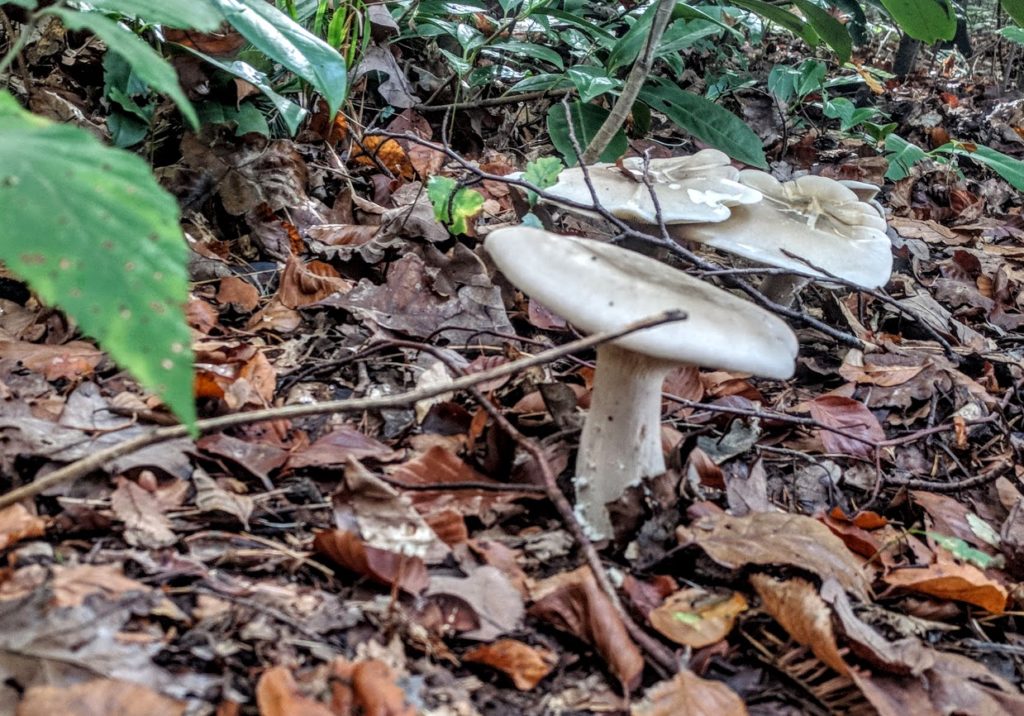

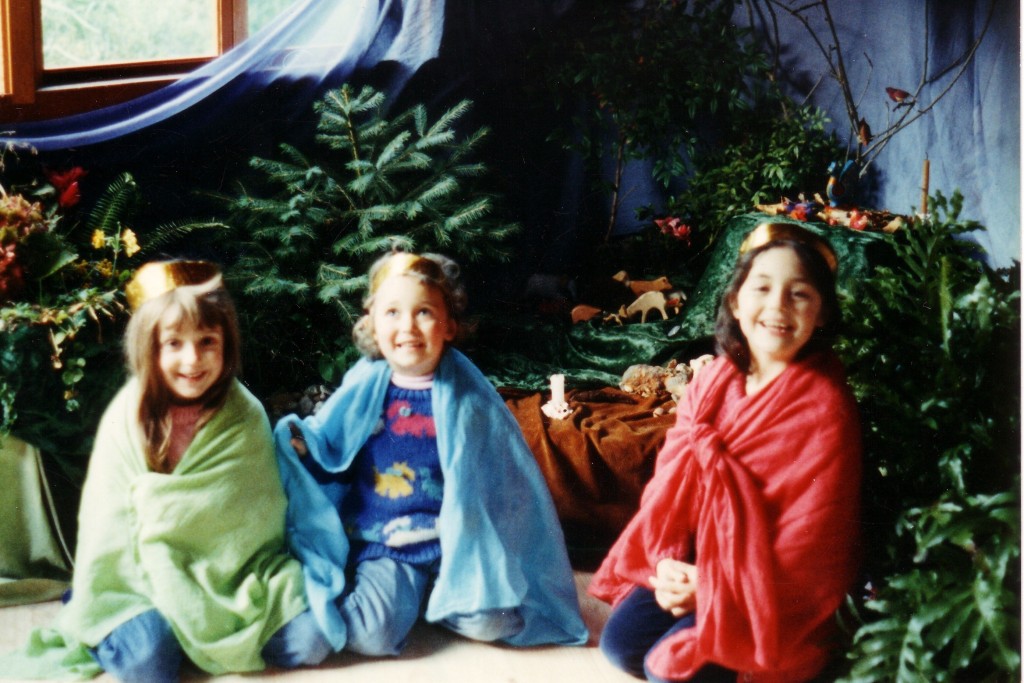

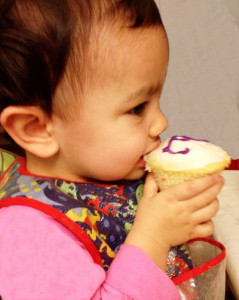 There are three main factors which drive children’s behaviour –the individual nature or temperament of each child, the development of children at their particular ages, and the environmental influences, which may or may not be within our control, but which impact on children. All of these factors need our understanding but also our wonder. We often wonder at the strong individuality of our children. We should also be amazed at the wisdom which manifests in development.
There are three main factors which drive children’s behaviour –the individual nature or temperament of each child, the development of children at their particular ages, and the environmental influences, which may or may not be within our control, but which impact on children. All of these factors need our understanding but also our wonder. We often wonder at the strong individuality of our children. We should also be amazed at the wisdom which manifests in development.
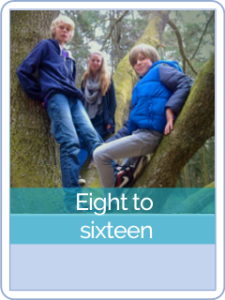
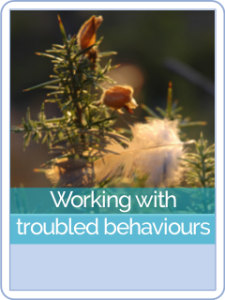
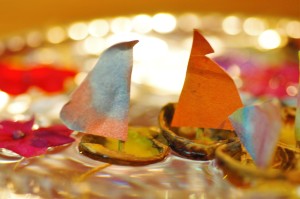 Many New Year celebrations around the world happen in big, rowdy, food and alcohol driven celebrations, inevitably going late into the night– all not very helpful in meeting the needs of young children, nor, for that matter, the needs of those adults who would prefer a quiet, peaceful time for thoughtful reflection on the year past and the year to come. But as with all the family festivals, we can make our celebration of the New Year what we want it to be.
Many New Year celebrations around the world happen in big, rowdy, food and alcohol driven celebrations, inevitably going late into the night– all not very helpful in meeting the needs of young children, nor, for that matter, the needs of those adults who would prefer a quiet, peaceful time for thoughtful reflection on the year past and the year to come. But as with all the family festivals, we can make our celebration of the New Year what we want it to be.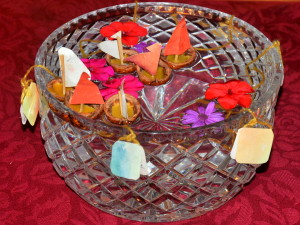
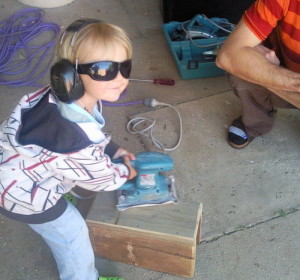 Kidsafe Week is celebrated in October In Australia, this year marking 40 years since car child restraints were introduced here. Safety legislation and advice on how to keep children safe at home, near water, in playgrounds and so on, has improved enormously in recent years, but there are also new risks unfolding all the time so parents need to be continually alert to new dangers.
Kidsafe Week is celebrated in October In Australia, this year marking 40 years since car child restraints were introduced here. Safety legislation and advice on how to keep children safe at home, near water, in playgrounds and so on, has improved enormously in recent years, but there are also new risks unfolding all the time so parents need to be continually alert to new dangers.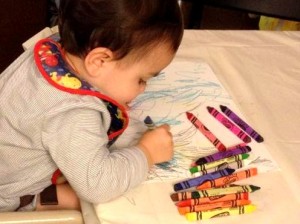
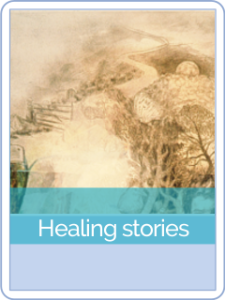
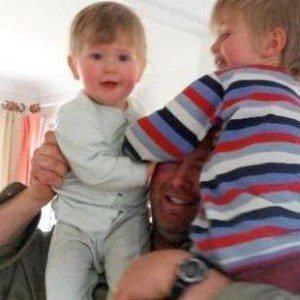
 If you find it hard to talk to your children about genitalia and menstruation and such you are not alone. This article models a way to do it. Be prepared for very straight talking.
If you find it hard to talk to your children about genitalia and menstruation and such you are not alone. This article models a way to do it. Be prepared for very straight talking.